
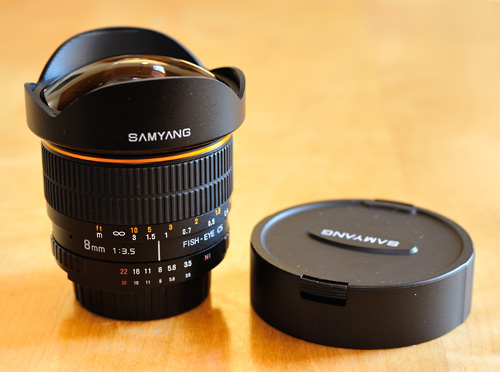
|
|
The Samyang is not as compact and lightweight as the AF Fisheye-Nikkor 10.5mm f/2.8 DX G. But it is not a bulky lens. |
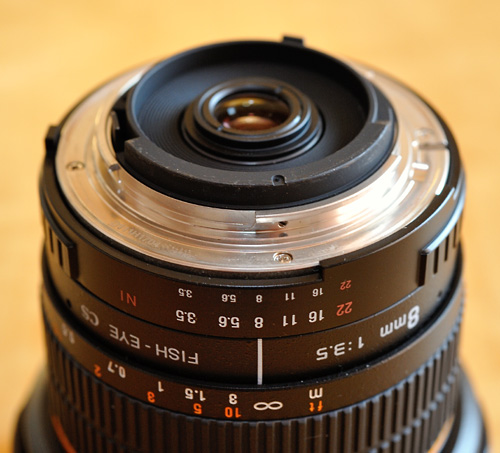
|
|
The mount of the AI-S version. |
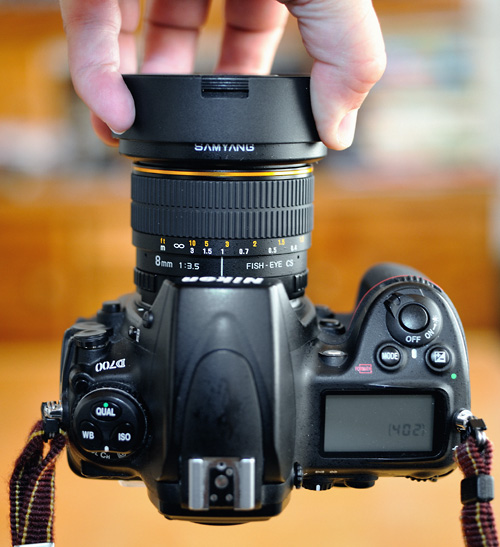
|
|
It's not a trick! The mount of the lens cap is very stable - you can use it for carrying the complete unit. This cap is much better than Nikon's usual push-on constructions! |
In the 70s many photographers experimented with fisheye lenses. The images they published looked funny at the first sight. But after the fifth portrait captured with a fisheye it is just boring. Therefore I graded fisheye lenses as fun lenses, but not as serious ones.
Things changed in the 80s, when the 'Nikon News' (a beautiful magazine issued by Nikon Germany and Nikon Switzerland between 1974 and 2007) published stunning landscape photographs made with 16mm Fisheye-Nikkors. They were not easily identifiable as fisheye images. Now it was clear for me that I would have such a lens one day.
It took 25 years until I bought my first fisheye: the AF-Nikkor 16mm f/2.8 D. Although it is overall a very good lens I was really disappointed about its tendency for ghosting, if you have bright light sources within the frame. I sold it after only a few months of usage.
Next I thought about buying a used (but not very easy to find) Nikkor 16mm f/3.5 or a new 10.5mm f/2.8 DX. Because it was a significantly cheaper alternative, I decided to try the Samyang 8mm DX first. This lens - in Germany often sold with the label "Walimex" - is available as an AI-S version and as an AI-P version (Samyang calls it 'Nikon AE'). I own the AI-S type.
This fisheye lens is unique, because of its stereographic mapping, which lets objects at the borders of the frame appear natural and not compressed. In my opinion that is the best mapping for normal photography. You'll find a nice visualisation of the different mappings of fisheye lenses in Wikipedia's article 'Fisheye lens' (scroll down to 'Mapping function').
I have had this exciting lens for four months now and I'm happy with it. It is usable from F5.6 and great at F11. Due to the extreme depth of field this lens delivers, it is difficult to focus it correctly. The electronic rangefinder of the camera is almost useless. You should guess the distance and then focus accordingly. The distance scale of my sample seems to be reasonably accurate (in contrast to some contrary reports on the Web).
I hope, Samyang will introduce a corresponding 12mm full frame lens soon!
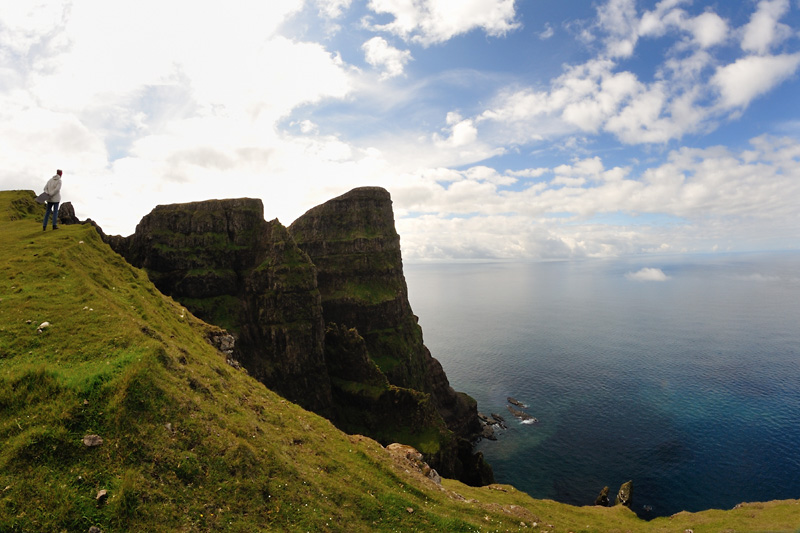
|
|
400 metres above sea level: the west coast of the island of Suðuroy, Faroe Islands. D700, F16, 1/320sec. |
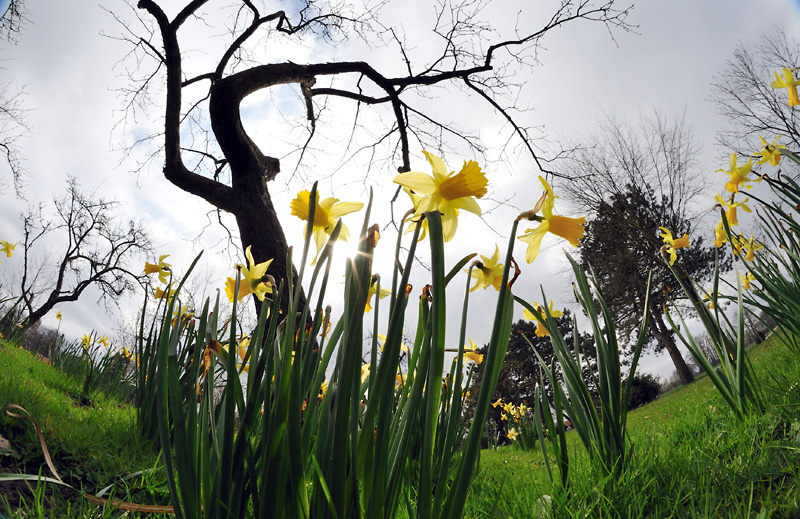
|
|
Spring in the park. Captured with the D700 at F16 and 1/160sec. |
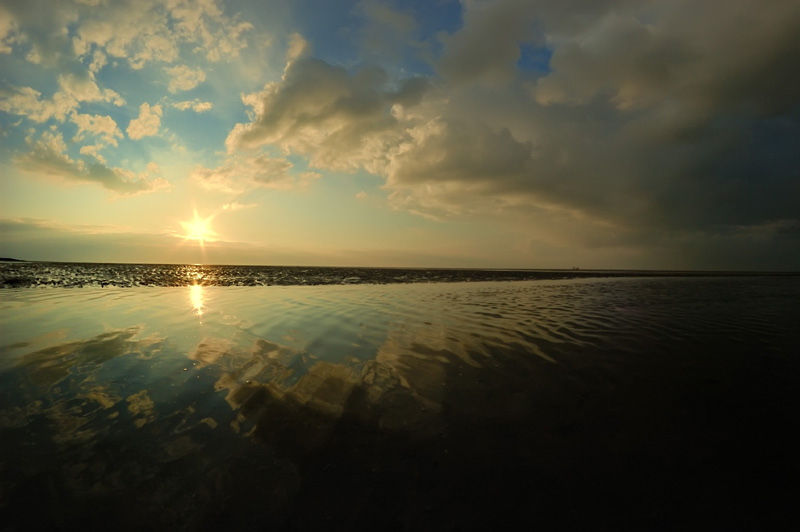
|
|
Bad weather is coming. Shot in the Wadden Sea near Cuxhaven, Germany. Nikon D70 at F11 and 1/320sec. |
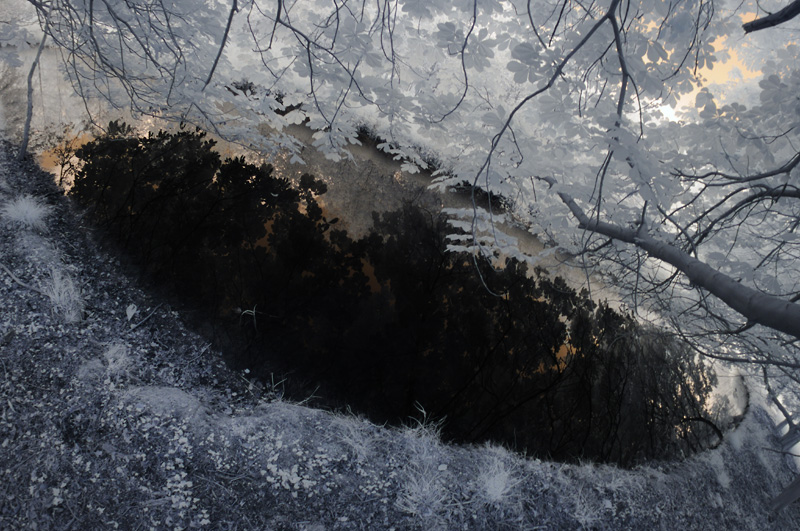
|
|
Black hole! Even in infrared light this lens delivers very good image quality. But in contrast to visible light you should be very careful with having the sun in the image! Nikon D300 IR at F11 and 1/20sec hand-held. |
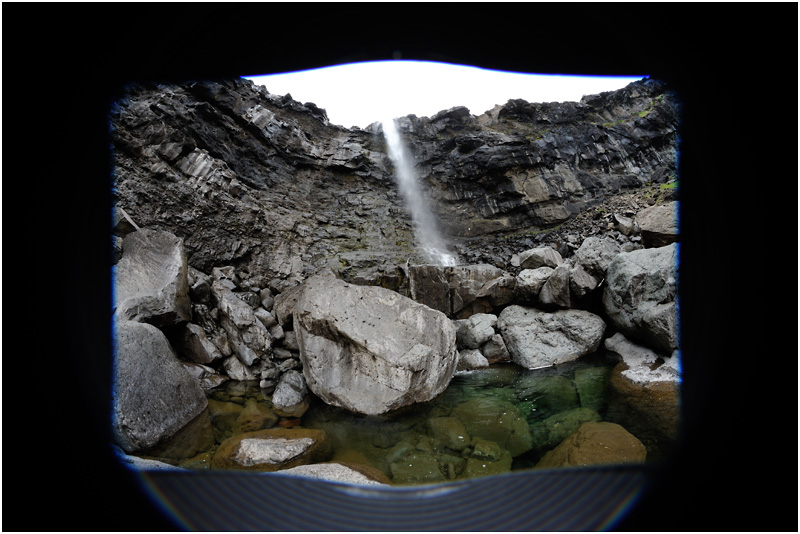
|
|
This image comes straight out of the D700 - it was just raw converted with Nikon Capture NX. Shot at F11 and 1/40 sec hand-held. On youtube you can find instruction videos for removing the hood (not that easy for people like me, if you plan to reassemble the lens after the removal ;). But you won't get a circular image (as it is produced i.e. by the 8mm Fisheye-Nikkor). The upper and lower parts of the image cirle will be outside the frame. |
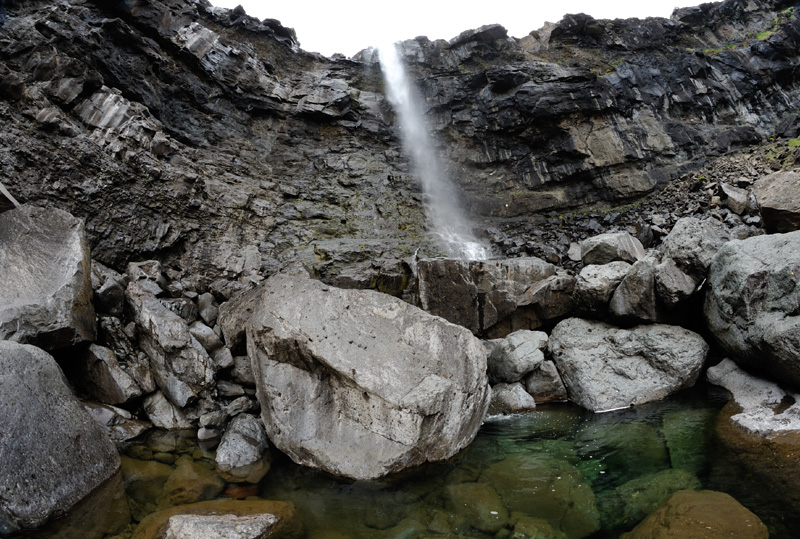
|
|
DX-crop of the above image.
|
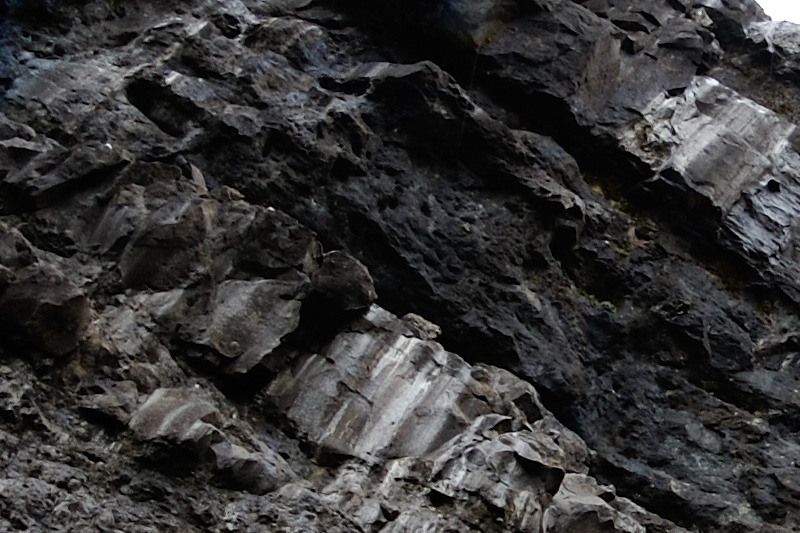
|
|
Evaluating corner sharpness: 100% crop of the upper left corner of the DX-crop above. |
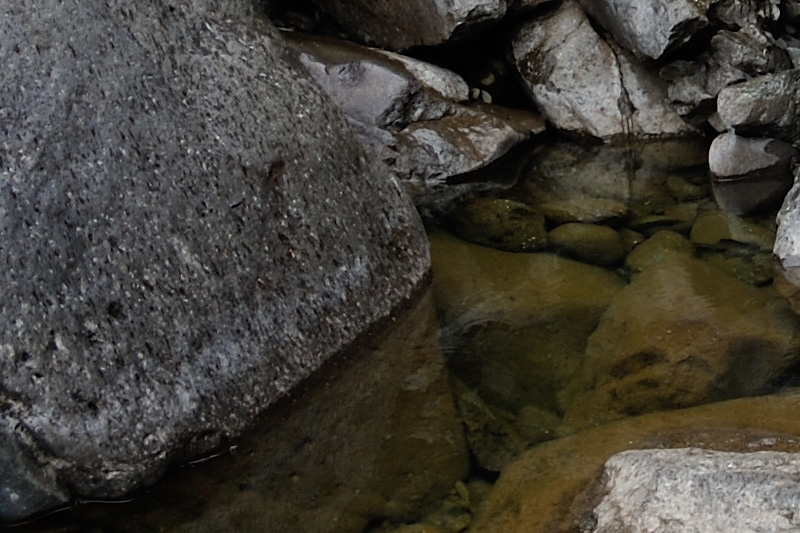
|
|
100% crop of the lower left corner of the DX-crop above. |